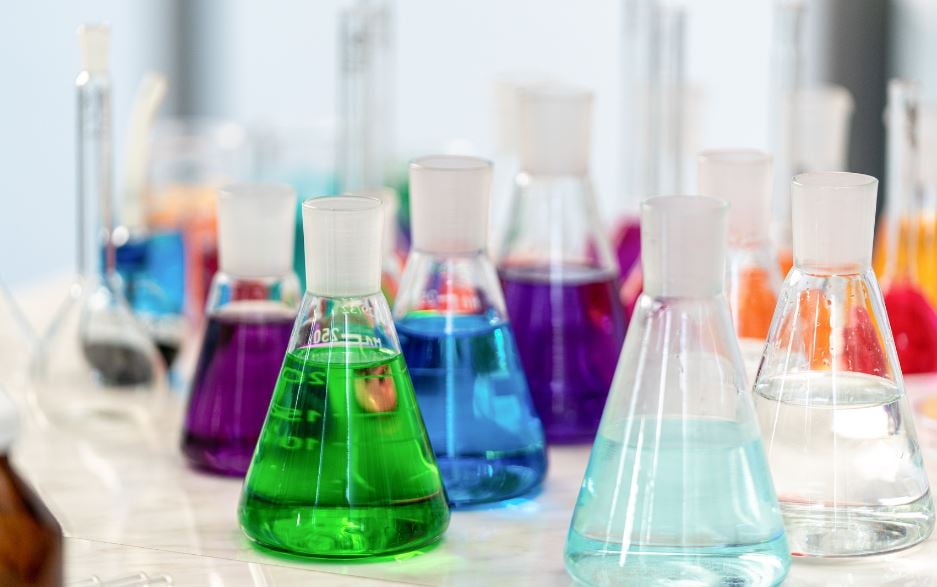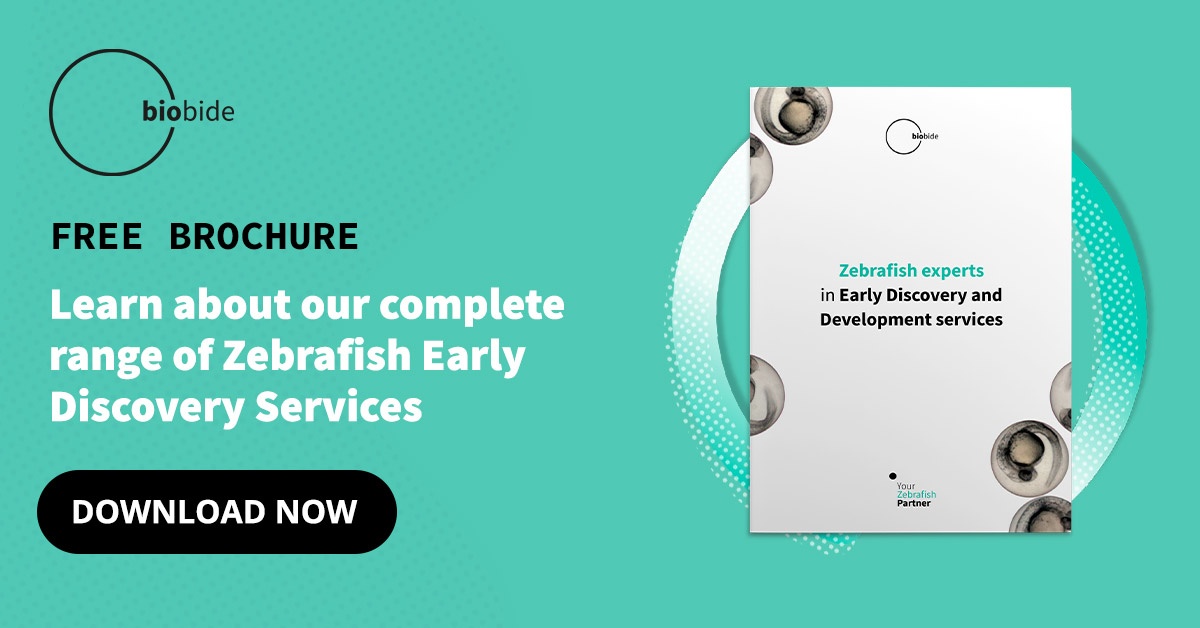Understanding the potential risk to humans of many chemicals and toxins that surround us in our daily lives is essential for health preservation. However, the vast range of substances used in the chemical and pharmaceutical industry and the cost of testing them make it difficult to identify every potentially hazardous substance.
Traditionally, toxicity tests are performed on animals, which is time-consuming, expensive, and presents ethical issues. This has led to an alternative approach for the molecular screening of chemicals – the Adverse Outcome Pathways (AOP) model.
What is an Adverse Outcome Pathway?
This process is a framework to develop and assess the outcomes of chemical risks to human health and the environment. The framework offers both real data and knowledge that can be used as a foundation for chemical toxicity testing. Employing a combination of previously gathered data, an AOP can provide the architecture to predict chemicals´ possible harmful effects after exposure to it and the level of risk it produces. Evaluating the safety of the chemicals we are exposed to is a key factor in preserving human life and the environment.
This alternative solution replaces the need for individual testing, saves time, is cost-effective as the data already exists, and reduces animal testing.

How does the Adverse Outcome Pathway work?
The AOP is based on the use of available data to predict a key event that may cause a biological change due to chemical substance exposure. This data includes information on gene expression, chemical components, and disease development that may all cause or affect a key event. Once exposure takes place a series of events occur in a sequence going through a pathway that can have a detrimental effect on human health.
Therefore, AOP determines chemicals´ potential risk to humans and the environment by analyzing the biological processes it affects.
A pathway consists of, a initial exposure to a chemical, that interacts molecularly generating a cell response, a tissue and organ response, and organism, and finally human response.
Exposure to toxin
↓
Molecular interaction
↓
Cell response
↓
Tissue and organ response
↓
Organism response
↓
Human/environmental response
A negative key event in a pathway can be lethal and can generate from organ damage to incorrect fetal development, or even death.
OECD’s role in Adverse Outcome Pathways
The OECD (Organisation for Economic Co-operation and Development) works with governments, policymakers, and the public to improve human, social, and environmental health. One major program, administered in conjunction with the EPA (Environmental Protection Agency, US) is the development of AOPs and the promotion of their benefits to the scientific community.
To ensure that any AOP development is consistent the OECD oversees the methods used to design frameworks and ensures standards are uniform. An experienced Advisory Group offers guidance to organizations and public bodies not only on creating AOPs but also on how to use the information contained within existing databases.
This procedure gives researchers access to a standard set of data that can be used to construct predictive tests for various chemicals and their derivatives.
The use of Zebrafish in Adverse Outcome Pathways
In compliance with the requirements to reduce, refine and replace animal testing (The 3Rs principles), the zebrafish offers a valuable and cost-effective alternative model for toxicity and efficacy screenings that is gaining attention rapidly. The principal advantages of this model include its small size; rapid breeding and fast growth capability; transparency at the larval stage; less ethical issues working with larvae up until feeding independently; and high genetic homology with humans (70-75%). All these advantages make zebrafish an ideal fast, High Content Screening (HCS) chemical testing in vivo model.
In this sense, Biobide represents a paradigmatic example of a company that offers different standardized HCS assays for testing compounds´ toxicity in different organs of zebrafish larvae. The portfolio of Biobide includes assays for teratotoxicity, neurotoxicity, hepatotoxicity, nephrotoxicity, cardiotoxicity, endocrine disruption, or ecotoxicity, among others.
Consequently, testing chemical toxicity in zebrafish larvae presents a very interesting alternative to produce toxicity-related data to be added to the AOP databases in a fast and cost-effective manner, been some included in the AOP wiki (https://aopwiki.org).
Additionally, not only can zebrafish data be stored and reused to research chemical toxicity in humans, but are also a valuable tool to study the effect of aquatic and environmental toxicity, which can affect water consumed by humans and animals.
Thus, the assessment of chemical hazards within human and environmental toxicology can identify immediate harmful effects and also assesses the long-term, hidden influence they can have on more chronic diseases, such as cancer. AOPs, therefore, play a valuable role in helping prevent the consequences of chemical toxicity.
Sources
- Adverse Outcome Pathway Database (AOP-DB) | US EPA
- Adverse Outcome Pathways, Molecular Screening and Toxicogenomics - OECD
- https://aopwiki.org/
- https://www.ncbi.nlm.nih.gov/pmc/articles/PMC6002951/





